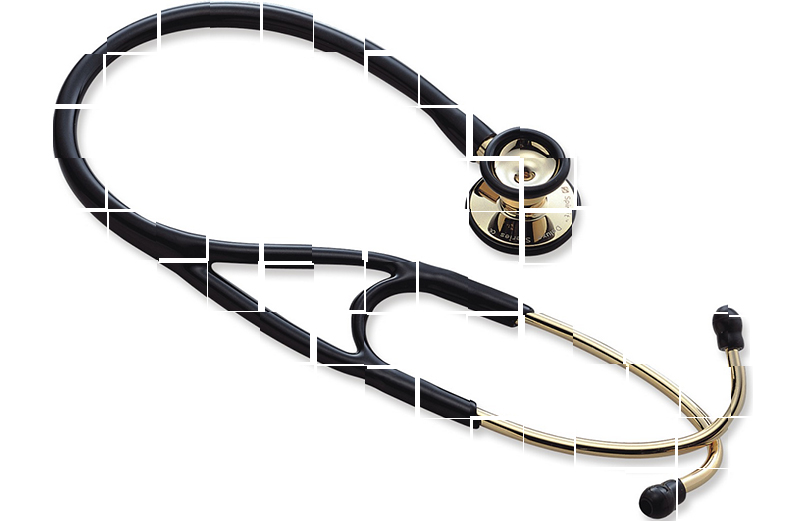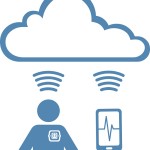Telemedicine connects doctors with patients who are unable to travel or live in rural areas. While it was once considered expensive and unconventional, the rapid spread of affordable technology has made telemedicine an increasingly attractive option for doctors and patients throughout the world. Market research firms estimate that the global market for telemedicine services was nearly $19 billion in 2015, with demand in Asia growing very rapidly. As the demand for telemedicine services such as remote imaging diagnosis, patient monitoring, outpatient services, and long distance education continues to rise, medical device companies should take advantage of this growing trend in Asia.
Telemedicine is a popular choice in Asia for a variety of reasons. Patients living in China’s rural areas, for example, may have to undertake lengthy journeys to reach dedicated specialists working in urban centers. In Japan, elderly citizens who live in smaller cities may have difficulty making the trip to larger hospitals or clinics in the country’s major cities. The advent of telemedicine has allowed doctors to use advanced equipment such as diagnostic imaging systems, portable examination carts, high-quality cameras and digital stethoscopes to interact with and treat patients who would normally not be able to receive care. Some local Asian governments have responded by loosening regulations to make it easier for hospitals to offer remote healthcare services.
Making Telemedicine Work
In 2013, China’s National Health and Family Planning Commission (NHFPC) began to develop a framework for a nationwide telemedicine network that would connect various local healthcare schemes that were springing up throughout the country. This framework was revealed in early 2015 when the NHFPC proposed plans for a national network that would integrate various hospitals, health centers and clinicians in an effort to offer services to patients nationwide. This ambitious plan will connect large hospitals and providers with rural clinics through a national, interconnected network. The system, which would eventually encompass all of China, would become the world’s largest telemedicine market in the world. However, when this system will become fully operational is still unclear.
Japan has also taken steps towards developing telemedicine capabilities. Patients in certain economic zones can buy pharmaceuticals through video calls, while a number of universities have begun collaborating with other healthcare institutions around the world in order to share information on best practices and the latest medical advancements. In an effort to lower healthcare costs, Tokyo is also looking at easing telemedicine regulations to allow more patients to receive medical advice and treatment remotely. Japan, like most Asian countries, has universal health coverage and the average hospital stay of 25 days is straining government resources.
Remote Diagnosis and Portable Equipment
Given the wide range of services that can be offered using telecommunications equipment, there are a variety of medical devices that are increasingly in demand. Doctors located in major hospitals who remotely treat patients living in distant, rural areas require high-definition screens and audiovisual devices so they can clearly examine their patients. Massachusetts-based AMD Global Telemedicine offers portable carts and systems that doctors can set up in their clinics and use to interact with remote patients and physicians. These carts have high-quality, portable examination cameras that project subtle differences in color, shape, and size so that doctors can make accurate diagnoses. They also require medical software, power supplies, and high-quality microphones and recording equipment to facilitate clear communication between doctors and patients.
For more in-depth examinations, physicians going to patients’ homes need an additional set of tools and medical devices. Portable EKG machines are quickly becoming an important tool for physicians traveling in remote areas. U.S. companies such as Bionet America, Inc., Midmark, Cardiac Science Corp., and GlobalMed produce a variety of EKG machines suitable for telemedicine needs. More basic items such as digital stethoscopes, otoscopes and ophthalmoscopes are also in increasing demand throughout Asia. Companies such as 3M, Thinklabs One, and Eko Devices produce digital stethoscopes, while the U.S. company TreVia has teamed up with the Italian company D-Eye to produce high-quality digital ophthalmoscopes. The digital versions of these standard devices can be connected to screens to display vital signs and other important information that can easily be relayed back to a hospital.
These portable kits and carts for in-home use also require smaller, portable power supplies, microphones, and screens as well as the relevant hardware that can process the data and send it over a secure connection. They also include important basic items such as EKG gloves, spirometers and ultrasound probes.
With demand for telemedicine services on the rise, local governments in China have been setting up pilot programs to teach doctors how to properly interact with patients and fellow physicians who may be located hundreds of miles away. Japan has been lending its experience in telemedicine to hospitals throughout Southeast Asia. Indonesia and the Philippines have also recently opened telemedicine clinics. In addition, Singapore-based mClinica is a leading telemedicine company that builds digital networks of pharmacies, physicians and patients in emerging markets.
Opportunities for Expansion
Advanced countries such as Singapore, Japan and South Korea are facing a demographic crisis as declining birth rates and longer life spans contribute to a relatively large share of residents who are age 65 or older. As governments struggle to find ways to reduce healthcare costs, telemedicine has emerged as a simple, relatively inexpensive way to monitor senior citizens. Wearable devices that monitor blood pressure, blood sugar and weight can transmit data to local clinics and hospitals, thereby ensuring that patients are closely observed without requiring costly hospital visits. Companies producing these wearable devices include Omron Corp., Coventis, Sotera and Philips Electronics. These devices can be crucial for patients suffering from hypertension and diabetes or who are at risk for heart attacks or strokes.
Telemedicine is a cost-effective, efficient way to deliver vital care to patients who cannot travel. Although interest in telemedicine is growing worldwide, Asia has great potential due to its increasing wealth, aging population and large geography. Medical equipment such as high-resolution monitors, medical software, digital devices, portable power supplies, and wearable technologies are in high demand in Asia, and device companies should be aware of the numerous opportunities for expansion.







